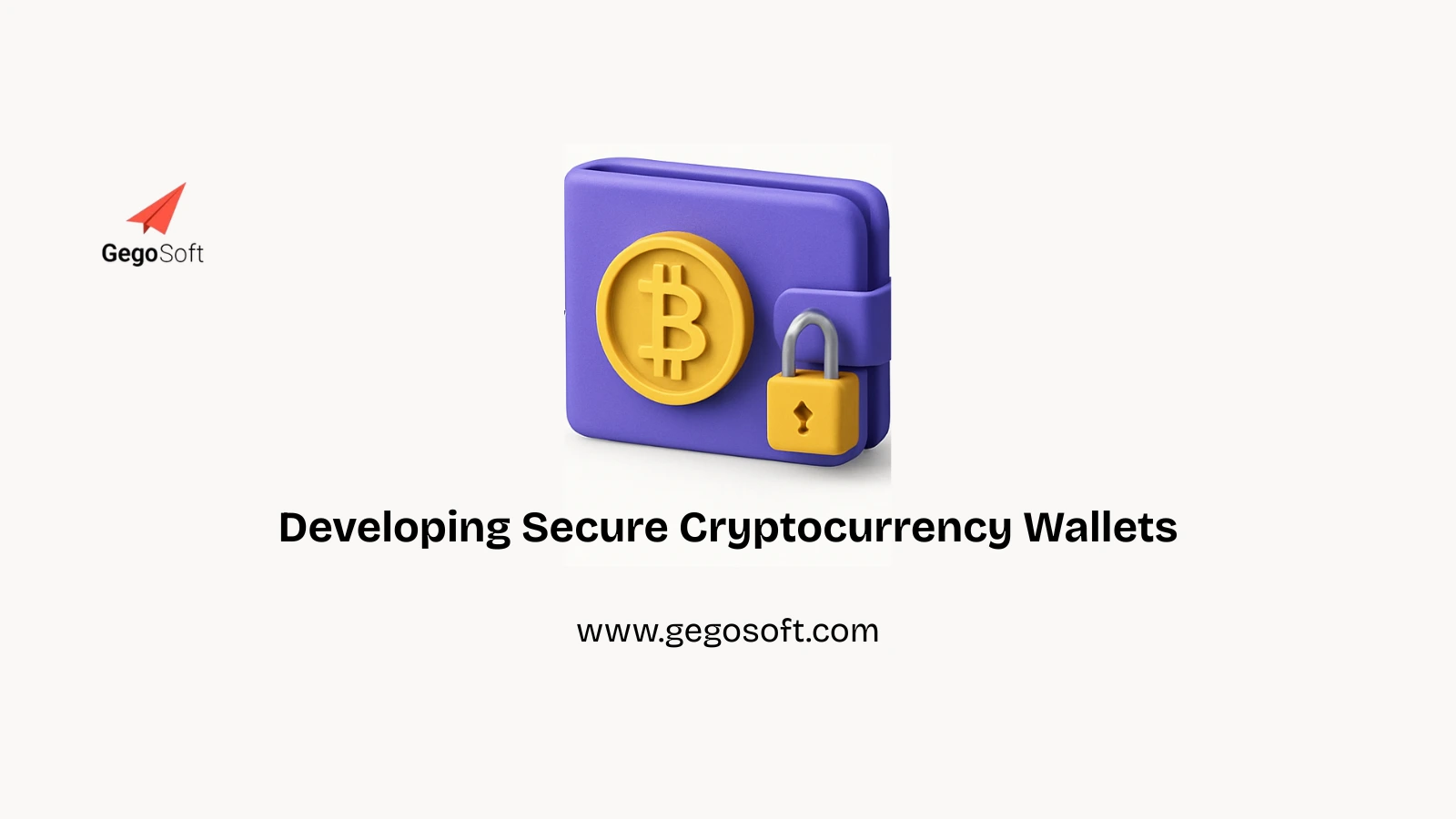In the age of digital finance, cryptocurrencies have reshaped how we think about money, investment, and security. As adoption continues to grow, so does the demand for secure and reliable cryptocurrency wallets. Whether you’re a blockchain startup or a fintech enterprise, secure cryptocurrency wallet development is critical to safeguarding digital assets and earning user trust.
What is a Cryptocurrency Wallet?
A cryptocurrency wallet is a digital tool that enables users to store, send, and receive cryptocurrencies like Bitcoin, Ethereum, and more. These wallets come in two primary types: hot wallets (connected to the internet) and cold wallets (offline storage). Regardless of the type, security must be at the core of the development process.
Why Security in Wallet Development is Crucial
With millions lost annually to hacks, phishing attacks, and system vulnerabilities, security is not optional—it’s a necessity. A single breach can damage not only finances but also brand reputation. That’s why businesses prioritizing secure cryptocurrency wallet development must follow industry best practices to protect users and ensure regulatory compliance.
Best Practices for Secure Cryptocurrency Wallet Development
1. Implement Multi-Layer Encryption
Using advanced encryption algorithms like AES-256 for data storage and SSL/TLS for data transmission ensures that sensitive information such as private keys and seed phrases is never exposed in plaintext.
2. Use Multi-Signature Authentication
Multisig wallets require two or more private keys to authorize a transaction. This adds an extra layer of security, making unauthorized access or theft significantly more difficult.
3. Secure Private Key Storage
Private keys should never be stored on centralized servers. Use hardware security modules (HSMs), secure enclaves, or encrypted local storage on the user’s device to keep keys safe.
4. Two-Factor Authentication (2FA)
Enabling 2FA helps prevent unauthorized access even if a password is compromised. Integrating tools like Google Authenticator or biometric authentication provides an extra shield for users.
5. Regular Security Audits
Conducting frequent code reviews, penetration testing, and vulnerability assessments ensures that your wallet application remains resilient against evolving threats.
6. Open-Source and Community Feedback
While not suitable for every business model, open-sourcing parts of your code can invite expert scrutiny and accelerate improvements. Community involvement often leads to early detection of vulnerabilities.
7. Secure APIs
APIs used for transactions and wallet communication must be hardened against exploits like replay attacks, injection attacks, and DDoS attempts. Token-based authentication and rate limiting are essential.
8. Backup and Recovery Options
Allow users to back up their wallets using encrypted seed phrases and provide secure recovery mechanisms. Implement BIP-39 and BIP-44 standards for hierarchical deterministic (HD) wallets.
9. Stay Updated with Compliance Standards
Adhere to local and international regulations such as KYC/AML, GDPR, and FINMA, where applicable. Compliance ensures legal safety and builds user trust.
Key Features of a Secure Cryptocurrency Wallet
- End-to-End Encryption
- Real-Time Transaction Alerts
- Hardware Wallet Integration
- Biometric Authentication
- Decentralized Recovery Mechanism
- User-Friendly Interface with Security Guidance
Choosing the Right Development Partner
Partnering with an experienced blockchain development company that understands secure cryptocurrency wallet development is essential. They should offer:
- Proven experience with blockchain protocols.
- In-depth knowledge of cryptographic principles.
- A track record of delivering secure, scalable wallet solutions.
- Support for multiple cryptocurrencies and tokens.
Conclusion
Security is the backbone of cryptocurrency wallet development. In a space where digital assets are frequently targeted, implementing best practices from the ground up is essential. Whether you’re developing a hot wallet, cold storage solution, or a hybrid model, focus on security, compliance, and user trust. By prioritizing secure cryptocurrency wallet development, you not only protect assets—you build a brand users can trust.

